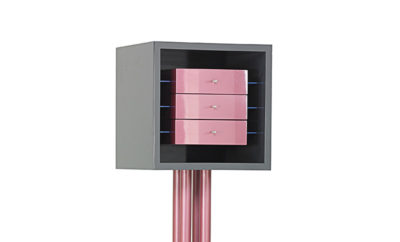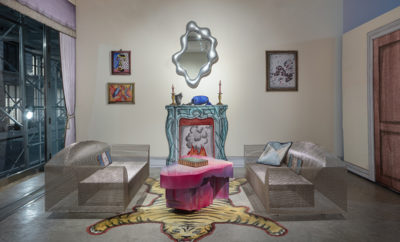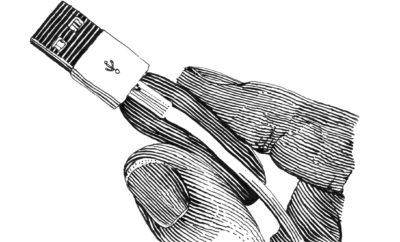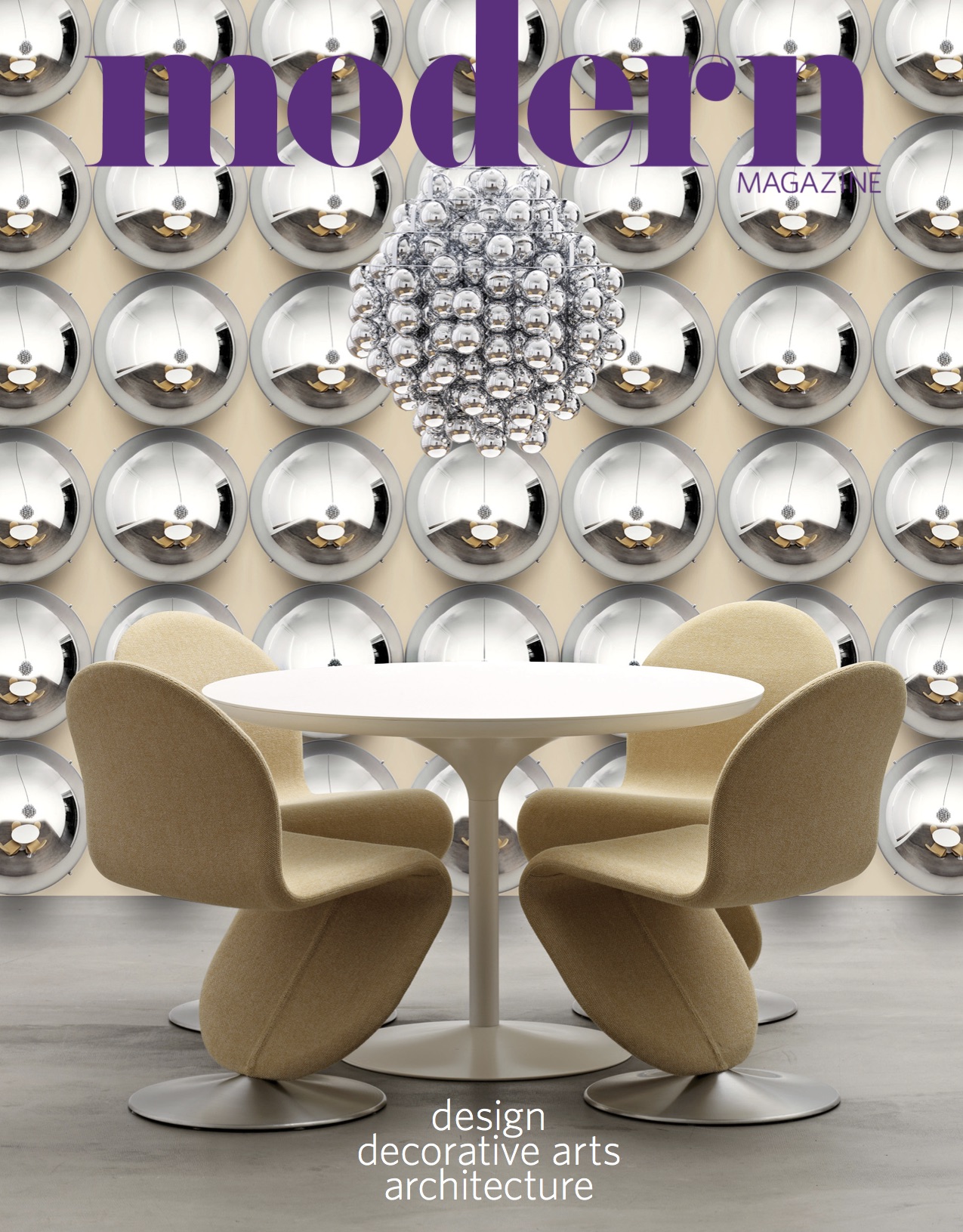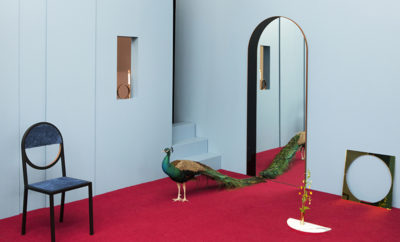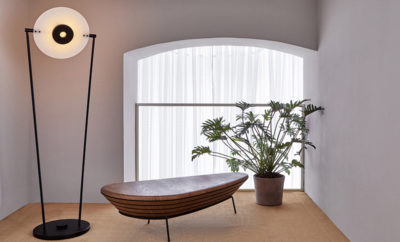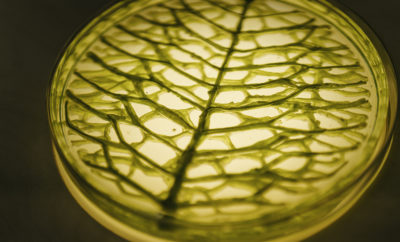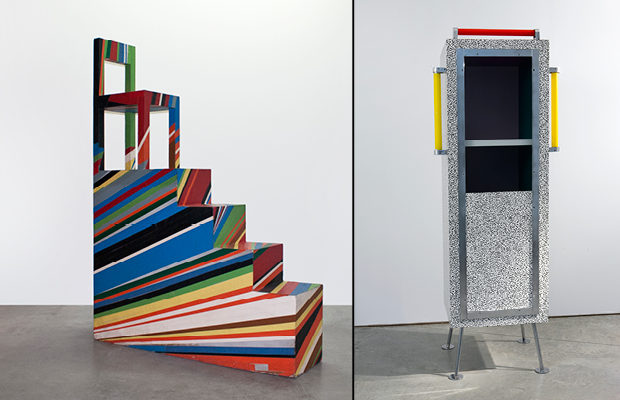 Alessandro Mendini, Lassu | Ettore Sottsass with Studio Alchimia, Vetrinetta di Famiglia Cabinet
Alessandro Mendini, Lassu | Ettore Sottsass with Studio Alchimia, Vetrinetta di Famiglia Cabinet
Exhibition
Static at Friedman Benda
What is the meaning of an object? Does it have an essence? What is its role in society? Can an object expand our ways of thinking and seeing? These are questions designers in Milan, Copenhagen, Tokyo, London, and New York began to ask in the late 1960s and continued to think about in the decades that followed. The objects they created--chairs, tables, and cabinets—sometimes appeared ironic, sometimes contrarian, and sometimes breathtakingly visionary. A show curated by Glenn Adamson at Friedman Benda in New York (on view through February 1)1 brings together eighteen objects and five works on paper that demonstrate the dynamic ingenuity of these revolutionary artists. The show is called Static, a title that is both enigmatic and appropriate.
Ettore Sottsass’s 1979 vitrine is an excellent introduction to the radical nature of these experiments. His cabinet is built out of plastic laminate and metal with yellow and red fluorescent tubes affixed to its sides. With spotted surfaces reminiscent of Roy Lichtenstein’s Ben-Day dots, it stands off the floor on angled aluminum legs, a cross between a boxy robot and a Danish modern cabinet gone wild.
In the spirit of disruption, several of the designers literally attacked the guts of their objects in order to uncover a meaning in them. Gunnar Aagaard Andersen thumbed his nose at tradition with his 1967 Portrait of My Mother’s Chesterfield Chair, stripping it down to merely the stuffing of a chair with flowing glops of foam that approximate the conventional form. Alessandor Mendini set his 1974 striped chair high up on a platform as if it were about to be executed. And Forrest Myer deconstructed his 1995 Ghost chair, stripping it of everything but interior wiring and the air that flows through it. Still fundamentally chair-shaped, the steel cable is stretched and pulled like a yanked-out Slinky that represents the outer boundaries of an object.
On the other hand, in the early 1970s Gaetano Pesce wanted to elevate design so that it could express ideas on the most serious subjects. He designed his dystopian chairs and his Golgotha Table as references to politics and religion. Made by hand, the table is glued together glass foam bricks and covered in dripping red polyurethane, which was intended to bring to mind oil which was tearing apart the international world order as well as Christ’s flowing blood. Laden with symbolic meaning, his objects were sometimes used in ritualistic theatre.
By choosing to work with glass, Shiro Kuramata articulated the essence of his 1976 chair through an optical illusion that actually seemed to unencumber it of materiality. Fascinated by the inventive set designs in Stanley Kubrick’s 2001: A Space Odyssey, Kuramata decided to make a space age chair with sheets of glass bonded only along the edges with ultraviolet adhesive (there are no screws). His beautiful Glass Chair seems to exist without weight because its contours vanish and the transparency allows the viewer to see space all around the chair as if it doesn’t have a material footprint.
Side by side in the exhibition space, the objects produce a vibrant cacophony and it's a pleasure to be engaged by their challenges. friedmanbenda.com


![Gaetano Pesce [Italian, b. 1939, active in America] Golgotha Table, 1972 Bricks of glass, foam and polyester resin 28.35 x 118.11 x 41 inches 72 x 300 x 104 cm Courtesy of the artist and Salon 94, New York](http://modernmag.com/wp-content/uploads/2017/01/Pesce_Golgotha-Table_01.jpg)
